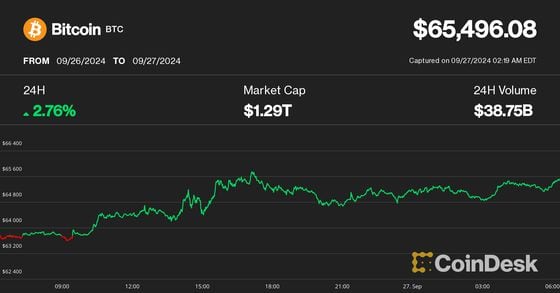The pace of inflation in September was 3.7%, down from the previous year. This data is based on the Federal Reserve’s preferred price measure, which excludes food and energy expenses. The core personal consumption expenditures price index (PCE), which came out last Friday, aligned with the expectations of economists surveyed by FactSet. The rate dropped marginally from a revised rate of 3.8% in August.
Month-over-month PCE figures indicate slower inflation
Between August and September, the core PCE index increased by 0.3%, up from a 0.1% increase in August. This meets the FactSet economists’ expectations for a month-over-month 0.3% increase. Significantly, Brian Pietrangelo, the managing director of investment strategy at Key Private Bank, noted that this slower pace of inflation confirms that the Federal Reserve’s monetary strategy is having its intended effect, albeit gradually. Investors, he suggested, should remain “cautiously optimistic” about future decreases in inflation rates.
However, it is worth mentioning that the overall PCE inflation rate, which includes volatile variables like food and energy prices, remained stable at 3.4% year-over-year. Moreover, headline inflation persisted at a rate of 0.4% month-over-month in September, echoing the rate from August. The Bureau of Economic Analysis noted its release that also revised its previously reported data—revising the annual pace of core PCE growth from 3.9% to 3.8% for August. The headline PCE rate also decreased from 3.5% to 3.4% year-over-year, while the monthly pace remained steady.
Significantly, the month’s stable overall inflation rate was fueled by a 1.7% surge in energy prices compared to the last month, despite a 0.1% dip from the level recorded one year prior. Food prices increased by 0.3% from August to September, marking a 2.7% year-over-year hike. In a more detailed breakdown, prices for services climbed by 4.7% year-over-year, while goods expenses increased by only 0.9%.
Consumer spending in September exhibited resilience, climbing by $138.7 billion or 0.7%. Service industries, including international travel and healthcare, significantly contributed to this rise. Moreover, within the goods sector, non-durable items like prescription drugs and vehicle parts saw notable gains.
However, PNC’s chief economist, Gus Faucher, warned that this level of consumer spending is unsustainable in the long run, especially as it outpaces income growth. Notably, personal income saw a less impressive increase of $77.8 billion, or about 0.3%, in September, which fell short of the 0.4% increase seen in August.
The data provides a mixed yet promising picture of the economy’s direction. According to Vanguard’s senior economist, Andrew Patterson, there are signs that the U.S. is on a path toward further disinflation. However, he emphasized that the 4.9% economic growth in the third quarter indicates challenges ahead, suggesting that the Federal Reserve may need to maintain higher interest rates for a longer period.





